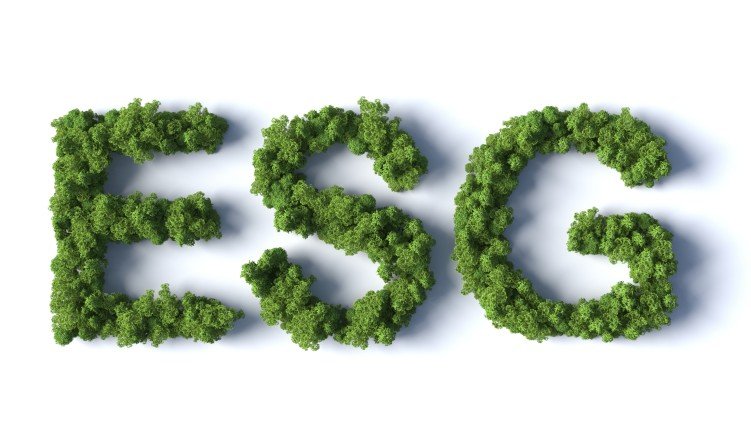During challenging times, let’s double down on ESG rather than discard our initiatives.
The gas is still moving under the Baltic Sea, but the more likely scenario is complete gas supply disruption. When the war broke out in Ukraine, many hoped European nations, dependent on natural gas and oil from Russia, would reevaluate their positions and expedite the move toward sustainable energy sources. While this move toward sustainability will happen over the long term, the ongoing crisis in Europe means higher energy costs for consumers and profits for fossil fuel providers and the investors who hold stock in them. Harvard’s Forum on Local Governance noted that the current geopolitical environment means a mixed bag of potential outcomes in ESG. “Some have viewed the effects as a setback for the ESG movement, as oil and gas prices soared and ESG-focused funds underperformed. Others believe this could be a turning point as nations are forced to consider green energy and shift reliance on oil and gas from Russia.” Simply put, ESG is challenging. I’m not alone in this assessment.
ESG is hard work
Accenture’s Chief Sustainability Officer and Global Sustainability Lead, Peter Lacey, writes that “Our research and experience…on sustainability over the last decade shows that the “whether” and even “what” are becoming much easier questions to answer for CEOs and top executives. But the pressure mounts on the “how” of reconciling business and sustainability goals in a way that reinforces competitiveness.” While those of us involved in this vital work can cite a million different reasons why ESG development and execution are vexing at times, we all agree that the work is among the most important – if not the most important – priorities in our organizations. We must condition our organizations and stakeholders to double down on ESG initiatives even when outside pressures encourage us to pump the brakes on meaningful change.
Embedding ESG everywhere
To sustain ESG momentum, everyone connected with the organization should share a basic understanding of ESG and its broad impacts. Of course, this means that those serving at the top are fully committed to sustainable practices and governance. If this is not the case, you’re working for the wrong company.
According to our research, c-suite executives are on board with ESG. The next step in building clarity around ESG is to help your team members understand how ESG aligns with your organization’s vision, mission, and purpose. Accomplish this through compelling storytelling, not charts, graphs, and sleep-inducing lectures. Remember, most of your people are looking for personal vignettes that make ESG accessible for them. A PowerPoint about ESG targets for FY 2030 will only move the needle for some in your circle. An aspirational conversation about seeding a sustainable future for children and grandchildren will. Sustainability and ESG have got to be embedded throughout the organization. Everything must feel different – brand, products and services, operations, customer and employee experience, and how change is owned and implemented.
A lot of engagement, education, and empowerment is needed. I challenge readers to take this CNN.com survey to test their knowledge about the best ways to fight climate change. An avid consumer of sustainability and ESG news, I was surprised by my knowledge gaps.
Develop a Bold, Flexible Plan
ESG is not for the risk-averse. The equity and sustainability challenges in front of us demand bold, thoughtful actions far beyond our leadership horizons. Our ESG plan should always be aspirational, inviting all who develop and execute it to imagine the world as it could be, not as it is. Can you envision a world free of fossil fuel use? Can you imagine communities that celebrate the cultures and identities of all instead of using them as fodder for further division?
That said, our plans must be flexible. If the horrific conflict in Ukraine has taught us anything, the world can be pretty unpredictable. 2022 was to be a banner year for sustainable energy policy and practice before the Russia-Ukraine crisis spiked fossil fuel prices and made an investment in legacy energy attractive to investors. Do the ESG-minded scrap their roadmaps and bend to the outside pressure? Of course not. We keep managing the disruptive force of the now regular crises that are happening in from every direction.



